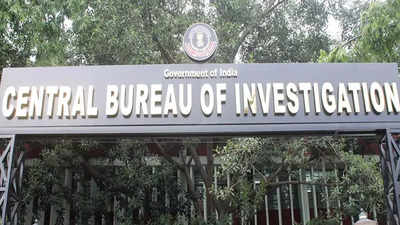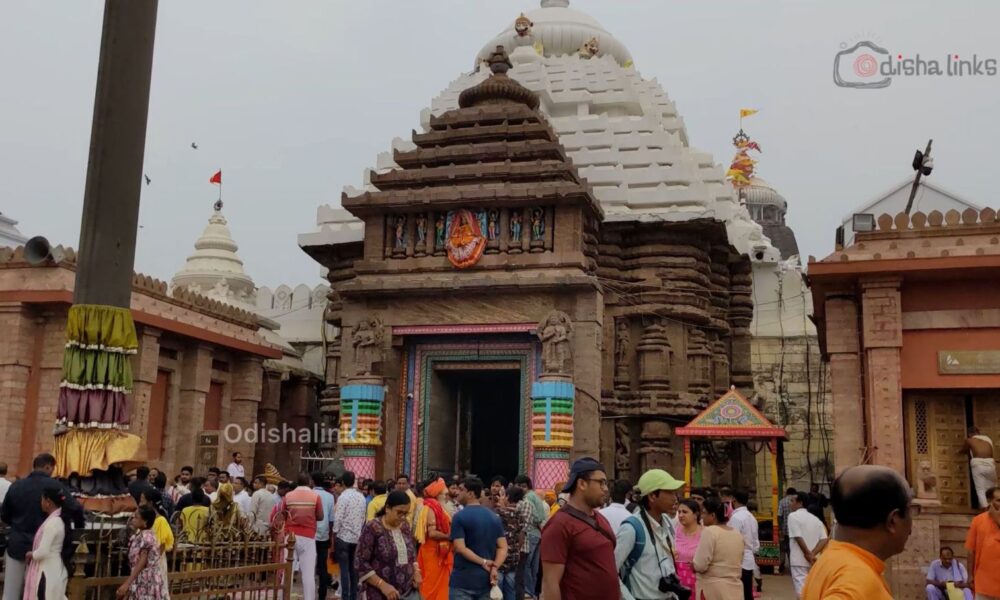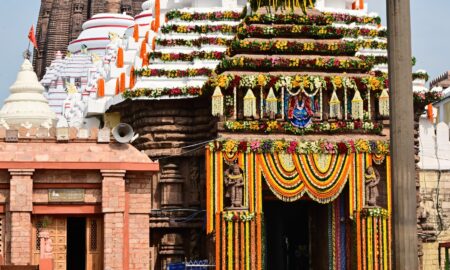More in Affairs Now
-
In Digital Transformation Utkal Hospital Becomes First Healthcare Institution in East India
Share the newsBhubaneswar : Salesforce, the world’s no 1 AI CRM, today announced its collaboration with UtkalHospital, the largest stand-alone private-sector...
April 25, 2025 -
Teacher Development Training Program Was Inaugurated in Rama Devi Women’s University
Share the newsUnder the chairmanship of Professor Aparajita Chowdhury, Chancellor of Ramadevi Women’s University, a five-day training program titled “An Orientation...
August 5, 2024 -
India to Remain World’s Most Populous Nation into Next Century, Says UN Report
Share the newsUnited Nations, June 12: India is set to continue as the world’s most populous country into the next century,...
July 12, 2024 -
Odisha Government Reassigns IPS Officer Ashish Kumar Singh as OSD in Home Department
Share the newsThe Odisha government has transferred IPS officer Ashish Kumar Singh, a 2004 batch officer, and appointed him as Officer...
July 12, 2024 -
BJD Criticizes BJP-Led Government Over Teacher Appointment System in Odisha
Share the newsThe Opposition Biju Janata Dal (BJD) criticized the Bharatiya Janata Party (BJP)-led government on Thursday for implementing a teacher...
July 12, 2024 -
Puri Srimandir Ratna Bhandar Set to Open on July 14
Share the newsOdisha Law Minister Prithiviraj Harichandan announced on Thursday that the Ratna Bhandar (treasure trove) of Puri Srimandir is expected...
July 12, 2024 -
Rare Jain Tirthankara Sculpture Discovered in Odisha’s Bhadrak District
Share the newsResidents of Mundapada in Odisha’s Bhadrak district have uncovered a rare and valuable Jain Tirthankara sculpture, believed to date...
July 12, 2024 -
Arabinda Padhee Appointed New Chief Administrator of SJTA
Share the newsIn a recent administrative shake-up, the Odisha state government has appointed Arabinda Padhee as the new chief administrator of...
July 12, 2024 -
Supreme Court Grants Interim Bail to Delhi CM Arvind Kejriwal in ED Case
Share the newsOn July 12, the Supreme Court granted interim bail to AAP chief and Delhi Chief Minister Arvind Kejriwal in...
July 12, 2024












